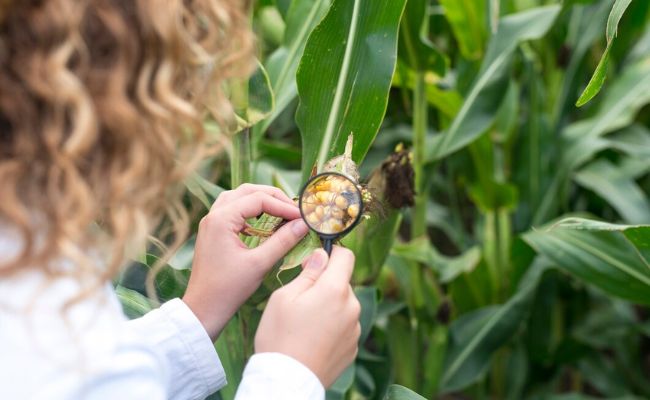
To address growing climate risks threatening Southeast Asia’s agricultural sector, six ASEAN nations have joined forces with the Southeast Asia Disaster Risk Insurance Facility (SEADRIF) and the Food and Agriculture Organisation (FAO) to explore the establishment of a Southeast Asia Agricultural Risk Finance Facility (ARFF).
The initiative, which aims to enhance financial resilience against climate shocks, was discussed during the 10th anniversary event of the ASEAN Climate Resilience Network (CRN) in January 2025. With potential funding from the Green Climate Fund (GCF), this facility could serve as a sectoral mechanism under SEADRIF to provide affordable and scalable risk protection for farmers and agricultural businesses.
Why Southeast Asia Needs an Agricultural Risk Finance Facility
Agriculture plays a crucial role in Southeast Asia’s economy, contributing over 10% of regional GDP and providing livelihoods for more than one-third of the workforce. However, climate-related disasters such as floods, droughts, and typhoons continue to threaten the region’s agrifood systems. Despite this, only 3% of global climate finance currently supports the agricultural sector, highlighting a significant gap in risk management and funding.
Several Southeast Asian countries have already piloted innovative solutions to reduce climate-related agricultural risks. However, challenges such as high premium costs, limited data access, and the absence of specialized financial models have restricted large-scale implementation of these solutions. The ARFF aims to address these barriers by providing a collaborative and cost-effective insurance model for ASEAN nations.
Key Benefits of a Regional Agricultural Risk Finance Facility
A regional collaboration in agricultural risk finance can offer several advantages, including:
1. Lower Premium Costs – By pooling risks across multiple countries, the facility can reduce overall premium rates through regional diversification and economies of scale.
2. Faster and More Affordable Access to Insurance – A centralized facility will simplify the go-to-market process for governments, cutting down transaction costs and administrative time.
3. Better Negotiation Power – With a joint approach, participating countries can secure improved insurance products and pricing from global reinsurance providers.
4. Improved Climate Resilience – The facility will develop innovative insurance solutions to protect hard-to-insure agricultural assets, ensuring more stable income for farmers and agribusinesses.
5. Access to World-Class Expertise – By leveraging global knowledge, data, and technical services, ASEAN nations will be able to develop more effective climate risk management strategies.
6. Stable Insurance Prices – A member-owned facility can help stabilize premium rates over market cycles, providing budget predictability for governments and agricultural stakeholders.
Next Steps: Pre-Feasibility Assessment and Implementation Strategy
In the coming months, SEADRIF and FAO will conduct a pre-feasibility assessment to align on the vision and objectives of the ARFF. This study will:
- Identify gaps in existing risk management solutions
- Assess financial needs and funding flows
- Develop an implementation framework to support ASEAN governments in scaling up climate resilience efforts
The findings will guide future investments in agricultural risk financing and help unlock climate finance solutions tailored to the region’s unique challenges.
With the increasing frequency of climate-related disasters, the proposed Southeast Asia Agricultural Risk Finance Facility could play a pivotal role in securing the future of farming communities and food security in ASEAN countries.


